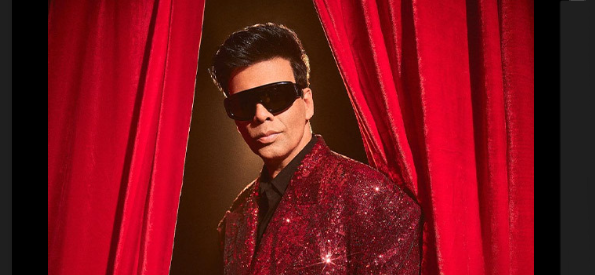Karan Johar, the renowned Bollywood filmmaker, recently addressed the All India Management Association’s (AIMA) 9th National Leadership Conclave in Delhi. During his speech, he emphasized the crucial responsibility that filmmakers bear towards society. He acknowledged the influential power of cinema on societal perceptions and values.

Cinema’s Gradual Impact on Society
According to Johar, “Cinema brings change in society over time, and filmmakers have a tremendous responsibility towards what they say.” He further added, “What we project and what we say, we have to consider it with some amount of sensitivity because people take the spoken word very seriously.”
Limitations of a Single Film
However, Johar also recognized the limitations of a single film’s ability to transform society entirely. He stated, “Of course, no one can change the fabric of society with one feature film. It is not possible.”

Cumulative Effect of Multiple Films
Johar believed that it takes a collective effort from multiple films to drive home a particular message or bring about significant societal change. He said, “It takes a lot of work and a lot of cinema if you want to drive home a point today.”
Example of Women Empowerment Films
Johar cited the example of films focusing on women’s empowerment, stating, “I believe so many films that talk about women empowerment are finally hitting home today. Nothing happens overnight.”

Conclusion
Karan Johar‘s remarks highlight the delicate balance that filmmakers must strike between their creative expression and the potential impact on society. While acknowledging cinema’s power to influence societal perceptions, he also emphasized the gradual nature of the process and the need for collective efforts from multiple films to drive lasting change. Ultimately, cinema’s role in shaping societal attitudes and values is a complex interplay between artistic expression and social responsibility.
